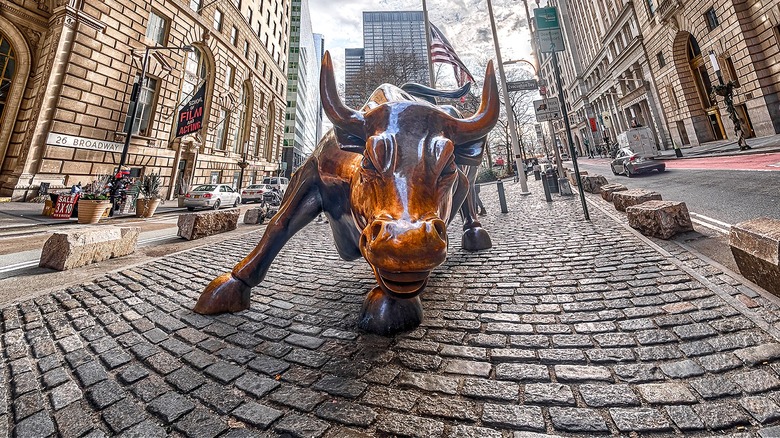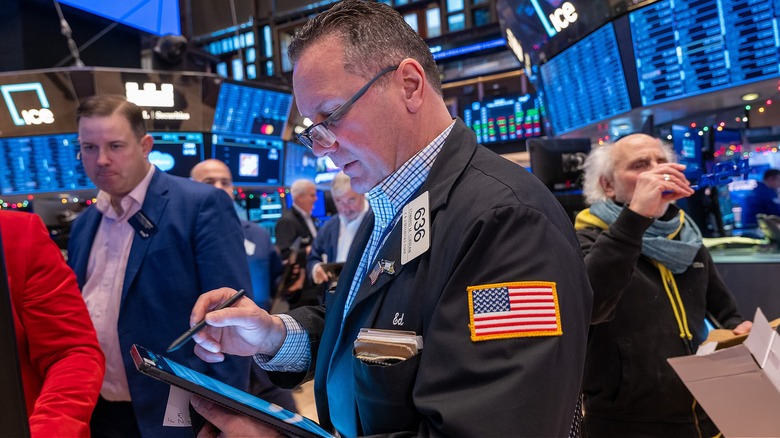Should You Still Invest If The Market Is At An All-Time High?
While investing at an all-time high can be a daunting prospect for many investors, based on history, it's a smart investment strategy, so long as you keep your expectations long term. Remember that any investment comes with inherent risk. In fact, holding on to your money is a risk itself; waiting for a market correction could leave you on the sidelines as opportunity passes you by, especially given the fact that all-time highs aren't actually rare. Trying to time the market is impossible for any investor, let alone someone new to buying equities. So, with this said, should you still invest if the market is at an all-time high? Financial experts will tell you, is "Yes," especially for those investing long term.
What stops people from investing at all-time highs is thinking about market volatility, but becoming anxious about the market's inevitable ups and downs can lead to losses from selling too soon — or not entering the market at all — which could prove costly financial mistakes. While a downturn can be difficult to weather in the moment, keep in mind that the market has historically risen over time.
Timing the market
As American investor Peter Lynch said with regard to timing the market, "Far more money has been lost by investors trying to time corrections than has been lost in all the corrections combined." Trying to time your investment to avoid times when the market is down may keep you from investing when the market is at its high, which happens quite a lot. According to an analysis from RBC Global Asset Management, based on data from Bloomberg, between January 1, 1950, and December 31, 2020, the S&P 500 Index hit an all-time high 1,177 times; it reached this level 310 times in the 1990s and 242 during the 2010s.
Meanwhile, looking at market corrections — i.e., when the market declines between 10% to 20% — following an all-time high, RBC GAM notes how rare an occurrence this becomes the further you look out from the all-time highs. For example, if you look at the market one year out following every all-time high, you could find the market in correction 6.5% of the time. However, if you look out 10 years out from the all-time highs, the market was in correction zero times. This is why investing in the market at an all-time high shouldn't be as much a concern for investors investing long term. It's also important to keep in mind that an all-time high doesn't mean a correction is around the corner, nor that the market has peaked.
Dollar-cost averaging
As noted, the market has historically trended upward with periods of decline mixed in; there have been far more bull markets than bear markets over the last 70 years, according to Hartford Funds. So, investing while the market is at an all-time high shouldn't be too concerning for long-term investors. This said, one way to take the anxiety out of market decisions is to consider dollar-cost averaging.
With dollar-cost averaging, you don't try and time the market at all; instead, you invest your money automatically at set intervals over time. With this investment strategy, you can liken it to autopay for monthly subscriptions; you invest a fixed dollar amount in a target stock on the same day(s) every month, regardless of the share price at the time.
So, if one of these set days happens to be when the market is experiencing one of its all-time highs, you'd buy your share at that higher price. If it's down, you'll buy more shares at a lower price. As you can see, by making it an automatic process, you can take a lot of the stress out of making the "right" decision when investing your money. What's more, dollar-cost averaging can help you stay consistent with your long-term investment plans, and, over time, this approach could help lower your average price per share.


